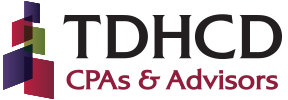Cash vs. accrual accounting: What’s the difference?
Financial statements are critical to monitoring your business’s financial health. In addition to helping management make informed business decisions, year-end and interim financial statements may be required by lenders, investors and franchisors. Here’s an overview of two common accounting methods, along with the pros and cons of each method. 1. Cash basis Under the cash-basis [...]
